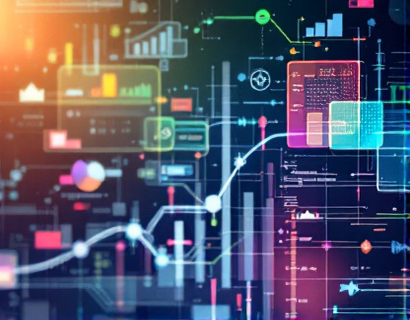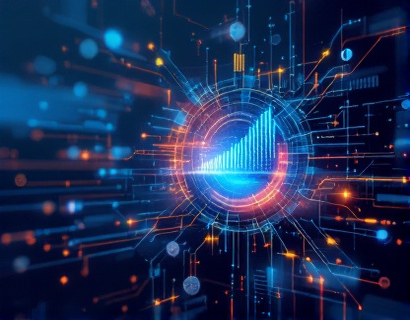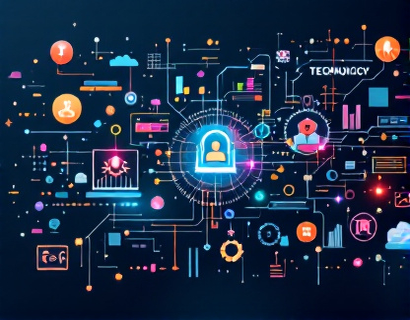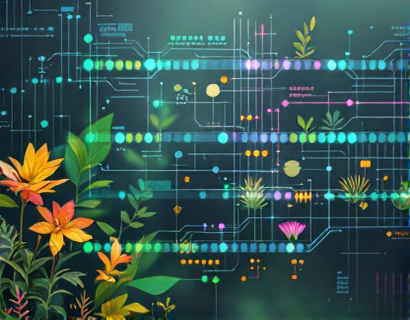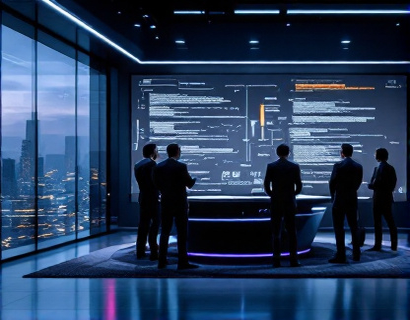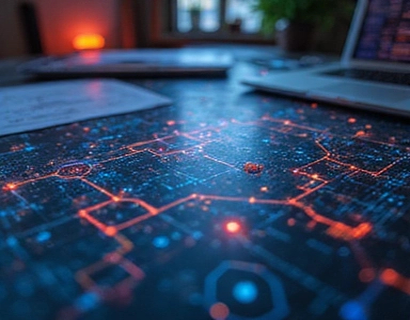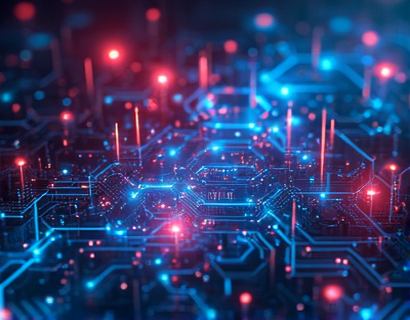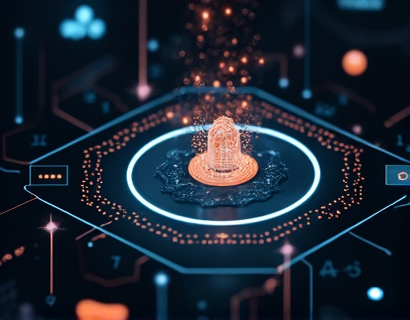Revolutionizing Astronomy Education: The Power of AI-Enhanced Personalized Learning
The field of astronomy education is undergoing a transformative shift, thanks to the integration of artificial intelligence (AI) technologies. This evolution promises to make the study of the cosmos more accessible, engaging, and personalized for students and enthusiasts alike. By leveraging AI-driven platforms, learners can now delve into the universe's mysteries with tailored insights and interactive resources that bring complex celestial concepts to life.
Personalized Learning Paths
One of the most significant advantages of AI-enhanced astronomy education is the ability to create personalized learning paths for each user. Traditional educational methods often follow a one-size-fits-all approach, which can leave many students feeling overwhelmed or underchallenged. With AI, the learning experience is dynamically adjusted based on the individual's knowledge level, learning pace, and interests. This customization ensures that each learner receives the most relevant and effective educational content, fostering a deeper understanding of astronomical concepts.
AI algorithms analyze user interactions and performance data to identify strengths and weaknesses. Based on this analysis, the platform can recommend specific topics to review, advanced concepts to explore, or interactive simulations to engage with. This adaptive learning environment not only enhances comprehension but also keeps learners motivated by providing a sense of progress and achievement.
Interactive Exploration Tools
Interactive exploration is a cornerstone of AI-enhanced astronomy education. Traditional textbooks and lectures can only so much to convey the vastness and complexity of the universe. AI-driven platforms offer immersive, interactive tools that allow users to explore celestial bodies, phenomena, and theories in a hands-on manner. These tools include virtual reality (VR) experiences, interactive 3D models, and real-time data visualizations.
For instance, learners can use VR to take a virtual tour of Mars, exploring its surface features and understanding the challenges of future human missions. Interactive 3D models of planets, stars, and galaxies enable users to manipulate and examine these objects from various angles, gaining a more intuitive grasp of their structures and behaviors. Real-time data visualizations, such as live tracking of asteroids or monitoring of solar activity, provide a dynamic and up-to-date view of the cosmos.
Enhanced Understanding Through Simulations
Simulations play a crucial role in AI-enhanced astronomy education, allowing learners to experiment with astronomical phenomena in a controlled, virtual environment. These simulations can model everything from the formation of galaxies to the behavior of black holes, providing insights that are often difficult to achieve through observation alone. By manipulating variables and observing the outcomes, students can develop a more profound understanding of the underlying physical laws and processes.
For example, a simulation of planetary orbits can help students grasp the concepts of gravity, orbital mechanics, and the stability of solar systems. Users can adjust parameters such as mass, distance, and velocity to see how these factors influence the motion of celestial bodies. This hands-on approach not only makes learning more engaging but also helps in retaining complex information by associating it with practical, visual experiences.
Community and Collaboration
Learning astronomy is not a solitary endeavor, and AI-enhanced platforms recognize the value of community and collaboration. These platforms often include features that connect learners with peers, mentors, and experts in the field. Discussion forums, live chat sessions, and collaborative projects foster a sense of belonging and encourage the exchange of ideas and knowledge.
Users can join groups based on specific interests, such as exoplanet research, astrophotography, or space mission analysis. These communities provide a supportive environment where learners can ask questions, share discoveries, and collaborate on projects. Additionally, mentorship programs pair novice learners with experienced astronomers, offering guidance and inspiration as they navigate their educational journey.
Access to Expert Insights
One of the most exciting aspects of AI-enhanced astronomy education is the access it provides to expert insights. AI algorithms can curate and present content from leading researchers, educators, and professionals in the field, ensuring that learners have access to the latest and most accurate information. This includes articles, videos, podcasts, and even live webinars and Q&A sessions with renowned astronomers.
These expert resources cover a wide range of topics, from the basics of celestial mechanics to cutting-edge research in astrophysics. By integrating these insights into the learning experience, AI-enhanced platforms bridge the gap between amateur enthusiasts and professional scientists, empowering learners to engage with the most current and sophisticated ideas in the field.
Gamification and Motivation
To further enhance the learning experience, AI-enhanced astronomy education often incorporates elements of gamification. By turning educational tasks into games, these platforms make learning more enjoyable and motivating. Users can earn points, badges, and rewards for completing lessons, participating in activities, and contributing to the community. This gamified approach not only increases engagement but also fosters a sense of competition and achievement.
For example, a user might participate in a challenge to identify and classify exoplanets based on their transit data. Successfully completing the challenge earns points and a badge, which can be displayed on their profile. Such incentives encourage continuous learning and exploration, keeping users motivated and engaged over the long term.
Real-World Applications and Career Paths
AI-enhanced astronomy education does more than just impart knowledge; it also prepares learners for real-world applications and career paths in the field. By understanding the practical implications of astronomical concepts, students can better appreciate the relevance of their studies and be inspired to pursue careers in science, technology, engineering, and mathematics (STEM).
The platform can highlight various career opportunities, from research and development in space agencies to roles in tech companies working on space-related technologies. Case studies and success stories of professionals who started as enthusiastic learners can serve as powerful motivators, showing that a passion for astronomy can lead to fulfilling and impactful careers.
Continuous Learning and Updates
The field of astronomy is constantly evolving, with new discoveries and advancements being made regularly. AI-enhanced education platforms are designed to keep pace with these developments, ensuring that learners always have access to the most up-to-date information. The AI system continuously updates its content library, incorporating new research findings, technological innovations, and educational resources.
This commitment to continuous learning means that users can stay current with the latest trends and breakthroughs in astronomy, whether they are students, educators, or lifelong learners. The platform's ability to adapt and evolve ensures that the educational experience remains relevant and valuable over time.
Conclusion
AI-enhanced astronomy education represents a significant leap forward in making the study of the cosmos more accessible, engaging, and personalized. By leveraging the power of AI, these platforms offer tailored learning experiences, interactive exploration tools, and access to expert insights, all within a supportive community of fellow enthusiasts. As the field continues to advance, the potential for transformative educational experiences in astronomy is vast, inspiring a new generation of stargazers and scientists to explore the wonders of the universe.





